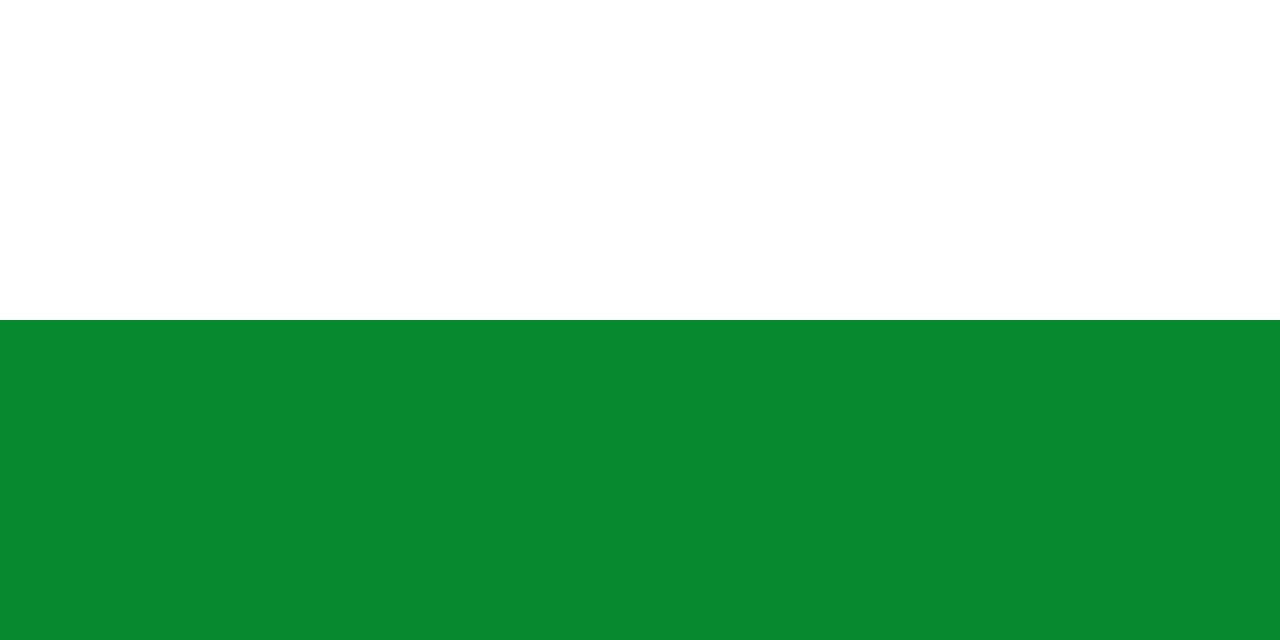AGUSTÍN CODAZZI
Department

Flag of the city
The flag of Codazzi, marked by the hues of white and green, symbolizes the town’s connection to the elevated Perijá Mountains and its thriving cotton farming. These colors encapsulate the natural and agricultural wealth, creating a visual representation of Codazzi’s landscape and economic vitality.


The slogan “God work and hope” encapsulates the essence of Agustín Codazzi, reflecting a community deeply rooted in faith, industrious spirit, and optimism for the future. “God work” signifies a strong connection to religious values and a recognition of the divine in daily endeavors, emphasizing the importance of ethical and purposeful work. The inclusion of “hope” adds a forward-looking dimension, suggesting resilience and positivity. This slogan implies a community that, despite challenges, remains steadfast in its commitment to faith, hard work, and the belief in a promising future. It could also reflect a collective aspiration for progress and well-being, combining spiritual principles with a dedication to industrious efforts as a pathway to a better tomorrow.
History

In its early years, around 1700, this town bore the name “Holy Spirit.” Captain Salvador Felix Arias, then governor of the Province of Santa Marta, established it on donated land (alternative accounts credit Captain Felix Torres in 1784). Faced with territorial disputes with local tribes from Serranía del Perijá, Captain Arias was compelled to abandon the settlement.
The municipality’s genesis emerged from the division of Robles, spearheaded by Priest Algezares Leandro Maria in 1958. He christened the new entity “Agustín Codazzi” as a tribute to the Italian geographer and military figure. Prior to gaining municipal status, Codazzi was a part of Robles, and Father Leandro Algezares Maria initiated the process leading to its municipal separation.
The formal establishment of the municipality occurred through governmental decrees, starting with Decree No. 179 on February 25, 1958, issued by the Magdalena Department. Subsequent approvals and confirmations solidified Codazzi’s status, culminating in Order No. 122 on November 12, 1958, from the Honorable Madeleine Departmental Assembly.
Geography of the city
Agustín Codazzi Municipality is situated in the northern part of Cesar, approximately one hour from the state capital, Valledupar (45 kilometers or 28 miles). Comprising four districts, 23 villages, and 42 sectors, its diverse terrain encompasses the Perijá mountains, contributing to a range of climates within the area. The municipality experiences tropical conditions characterized by high temperatures and minimal annual thermal fluctuations. Altitude influences climate variations due to the presence of the Perijá Mountains. With two rainy and two dry seasons annually, average temperatures hover around 19°C (66°F). However, during September to January, temperatures can fluctuate between 4 and 34°C (39 and 93°F), occasionally accompanied by hailstorms due to the region’s proximity to the Serrania del Perijá.
Meteorological records from the IDEAM station just outside the town indicate an annual average temperature of 29.5°C (85.1°F), with maximum and minimum values of 24 and 35°C (75 and 95°F), respectively. Notably, the highest recorded temperature reached 44.5°C (112.1°F) on August 29, 2008, while the lowest recorded was 15°C (59°F). July marks the hottest month with an average of 31°C (88°F), while December and January are cooler at around 22°C (72°F). Agustín Codazzi shares borders with La Paz and San Diego to the north, Becerril to the south, El Paso to the west, and the Serranía del Perijá to the east. The latter serves as a natural boundary between Colombia and Venezuela.

Population
Municipality and town – 60,768 (2018)
Urban – 48,157 (2018 census)
One photo representative of the city

The etymology of Agustín Codazzi traces back to the naming of the municipality in honor of an Italian geographer and military figure, Agostino Codazzi. Agostino Codazzi (1793–1859) played a significant role in mapping and exploring various regions in South America during the 19th century. The decision to name the town after him likely signifies appreciation for his contributions to geography and his connection to the exploration of the Colombian landscape. The use of his name reflects a recognition of Codazzi’s legacy and his influence on the understanding of the geographical and topographical features of the region.
